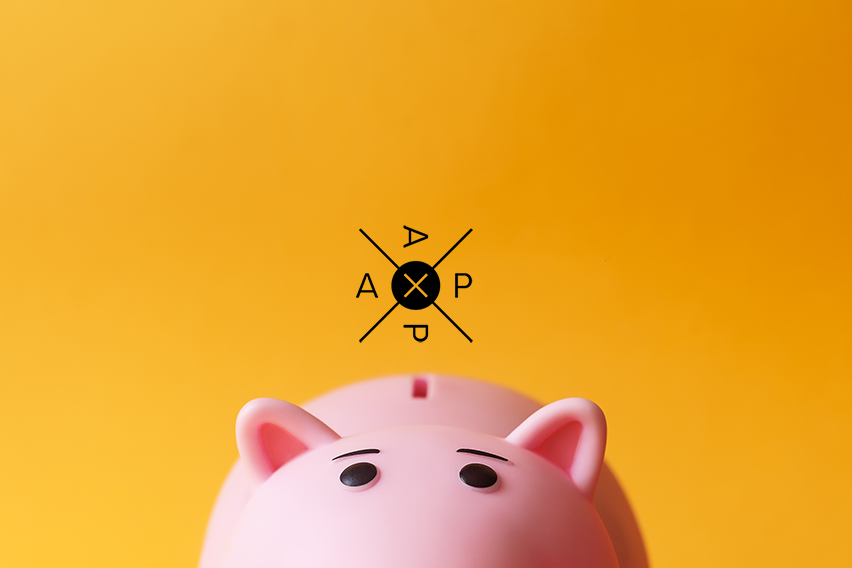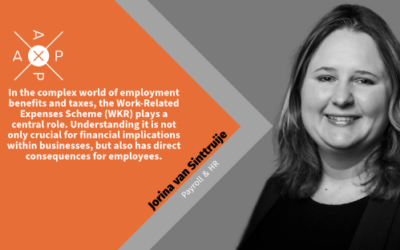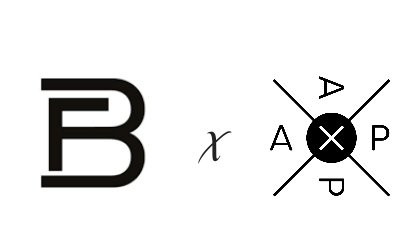The Basics of Dutch VAT

Imagine this: You’ve decided to embark on a new business venture in the Netherlands, filled with excitement and ambition. But wait, there’s a crucial aspect you can’t afford to overlook – Value Added Tax (VAT). In this article, we’ll tell you about the ins and outs of VAT and its impact on your budding company.
Entity
Legal form doesn’t matter: Whether it’s a private limited company (bv) or public limited company (nv), VAT applies. Foundations and associations are also subject to VAT if considered entrepreneurs by the Dutch Tax and Customs Administration. Different VAT rates exist in the Netherlands. The good news? VAT on business costs is usually deductible.
How do you know if you are considered a entrepeneur?
Once you’ve completed your registration with the Chamber of Commerce (KVK), the Dutch Tax and Customs Administration (Belastingdienst) will inform you if you are an entrepreneur for VAT purposes.
When you register your business with KVK, your information goes to the Dutch Tax and Customs Administration for assessment. To determine if you’re an entrepreneur for VAT (turnover tax) purposes, they consider:
- Operating a profession or independent business.
- Having regular income.
- Earning income alongside a permanent job.
- Generating income from entitlements or assets, like savings, investments, or properties.
Being an entrepreneur for VAT doesn’t automatically make you an entrepreneur for income tax. The Dutch Tax and Customs Administration evaluates different criteria for income tax purposes. Stay informed and understand your tax status as you embark on your business journey.
VAT Rates
There are three BTW rates 0%, 9% and 21%. The VAT rate you charge depends on the goods and services you offer:
- For certain services the rate is 9%. For example for housing renovation and staying in a hotel or international public transport
- For certain goods the rate is 9%. For example food, water and art.
- Other goods with a 0% VAT rate are for example goods you supply to an entrepreneur in a different EU country.
- The general rate of 21% applies to all other products and services.
Paying the Valued added Tax
Here’s how it works: You collect VAT from your customers, and you can deduct the VAT you’ve paid to your suppliers. Essentially, you pay VAT based on the difference between your purchase price (including costs) and selling price. To calculate it, consider the total fees and costs involved.
AXP Advisors
Tax filing is often a complex task. It requires up-to-date knowledge and experience to accurately complete tax returns. AXP Advisors stays on top of all the latest developments and ensures timely tax filings. If you would like more information about the various tax arrangements, please contact Kees Schilperoord from our tax desk. You can reach Kees at +31 (0)85 48 54 500. Alternatively, feel free to send a message to lets@doingbusinessin.nl. If you have any other questions, we are here to assist you!
This is the third article in our series about taxes. Want to read more? Read here about corporate income tax.






